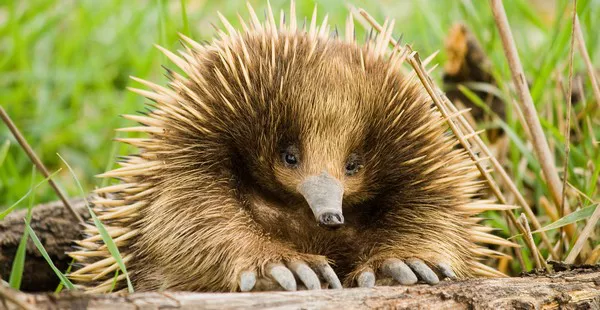From the iconic pangolin to the elusive armadillo, the world of mammals is filled with diverse and fascinating creatures. While scales are more commonly associated with reptiles, there are several mammal species that have evolved unique adaptations, including scale-like structures, to thrive in their environments. In this article, we will delve into the intriguing realm of mammals with scales, exploring five remarkable species and the evolutionary adaptations that have shaped their lives.
5 Species of Scaly Mammals
1. Pangolin:

Arguably the most famous mammal with scales, the pangolin is a remarkable creature found in Africa and Asia. With its distinctive overlapping scales made of keratin, the same protein found in human hair and nails, the pangolin is often referred to as the “scaly anteater.” These scales provide the pangolin with protection from predators and allow it to curl into a ball when threatened, resembling a spiky armored ball.
Pangolins primarily feed on ants and termites, using their long, sticky tongues to capture prey from underground nests. Despite their formidable armor, pangolins are highly threatened by habitat loss and illegal wildlife trade. All eight species of pangolin are now listed as threatened or endangered, making conservation efforts crucial for their survival.
2. Armadillo:

Found primarily in the Americas, armadillos are small mammals known for their unique bony plates, or scutes, that cover their bodies. These scutes provide armadillos with protection from predators and help regulate their body temperature. Armadillos are skilled diggers and often inhabit burrows underground, emerging at night to forage for food, which includes insects, grubs, and small vertebrates.
Armadillos are also known for their ability to roll into a ball when threatened, similar to pangolins. While some species of armadillos are relatively common, others, such as the giant armadillo, are endangered due to habitat loss and hunting.
3. Scaly-tailed Flying Squirrel:
Native to West Africa, the scaly-tailed flying squirrel is a unique mammal known for its flattened scales on its tail, which resemble overlapping plates. Despite its name, the scaly-tailed flying squirrel is not a true squirrel but belongs to a distinct family known as Anomaluridae. These mammals are skilled gliders, using their patagium, a membrane of skin between their forelimbs and hindlimbs, to glide between trees in the forest canopy.
The scales on the tail of the scaly-tailed flying squirrel likely play a role in providing stability and control during flight. While relatively little is known about these elusive creatures, they are believed to play an important role in forest ecosystems as seed dispersers and prey for predators.
4. Long-beaked Echidna:

Found in New Guinea and parts of Indonesia, the long-beaked echidna is one of only two species of echidna, or spiny anteater, in the world. While echidnas are more commonly known for their spines, which are composed of modified hairs, the long-beaked echidna also exhibits scale-like structures on its body. These scales are particularly prominent on the underside of the animal, providing protection from rough terrain and predators.
Echidnas are unique among mammals in that they lay eggs rather than giving birth to live young. They are also highly adapted for digging, with powerful claws and a long, slender snout for probing for food, which includes ants and termites.
5. Shrew Tenrec:

Native to Madagascar, the shrew tenrec is a fascinating mammal known for its spiny coat and scale-like structures on its skin. While not true scales in the traditional sense, these structures provide the shrew tenrec with protection from predators and help it navigate through dense vegetation in its forest habitat.
The shrew tenrec is an insectivore, feeding primarily on insects, worms, and other invertebrates. It is also known for its unique social behavior, with individuals living in small family groups and communicating through a variety of vocalizations and scent markings.
Conclusion:
While scales are more commonly associated with reptiles, the world of mammals is home to several species that have evolved unique adaptations to thrive in their environments. From the armored pangolin to the spiky shrew tenrec, these mammals with scales showcase the incredible diversity of life on Earth and serve as a reminder of the importance of conservation efforts to protect these remarkable creatures for future generations.
You Might Be Interested In:



























